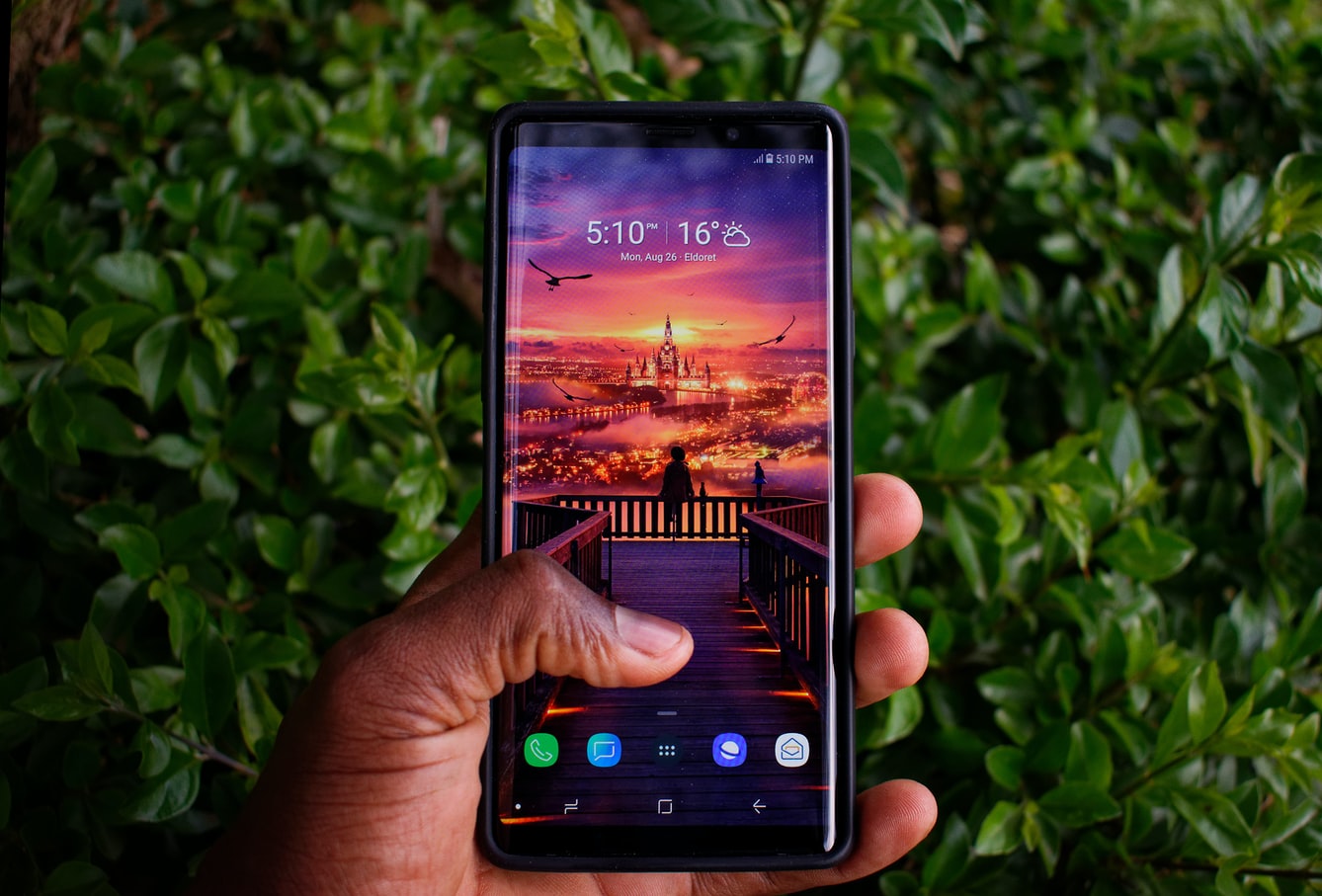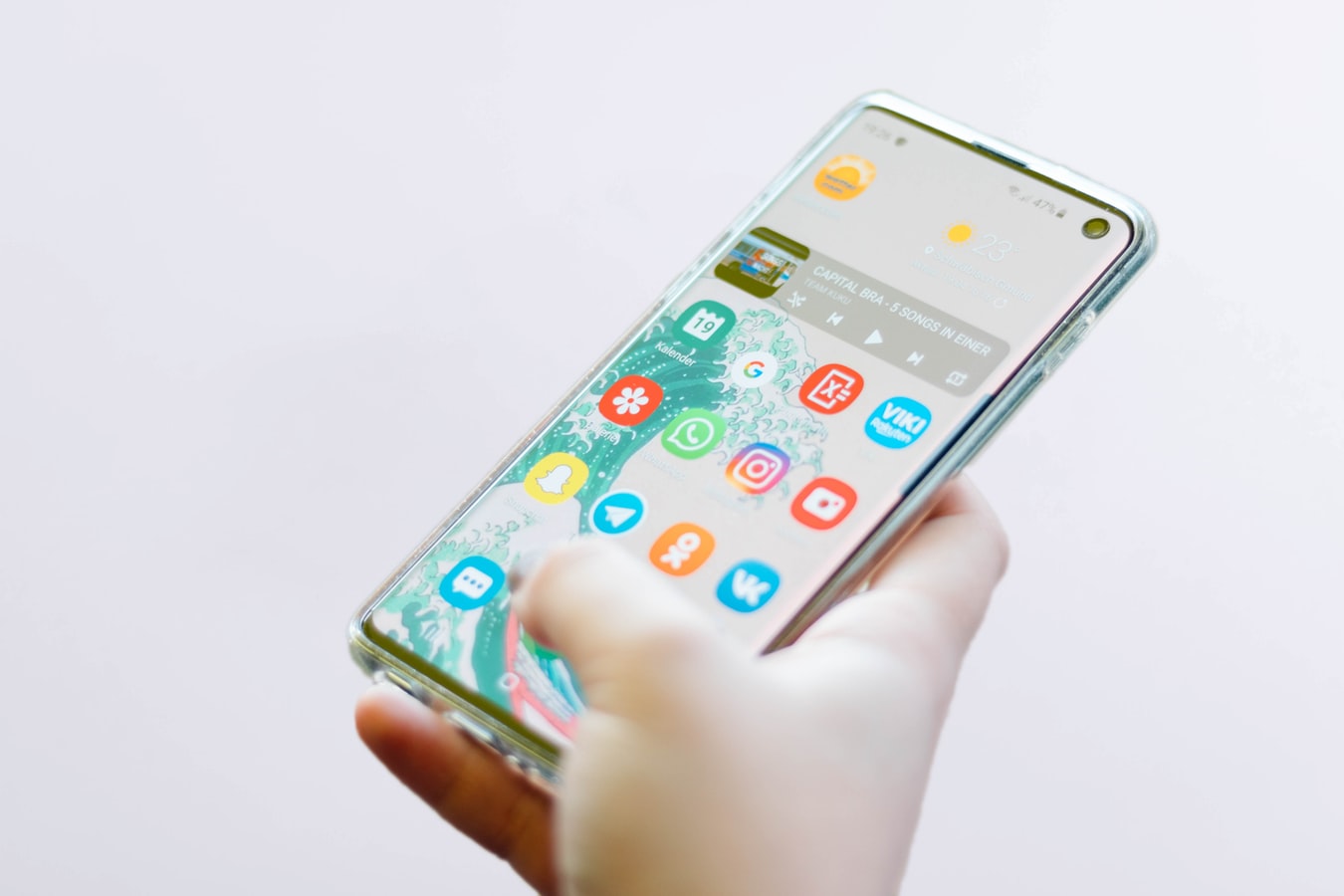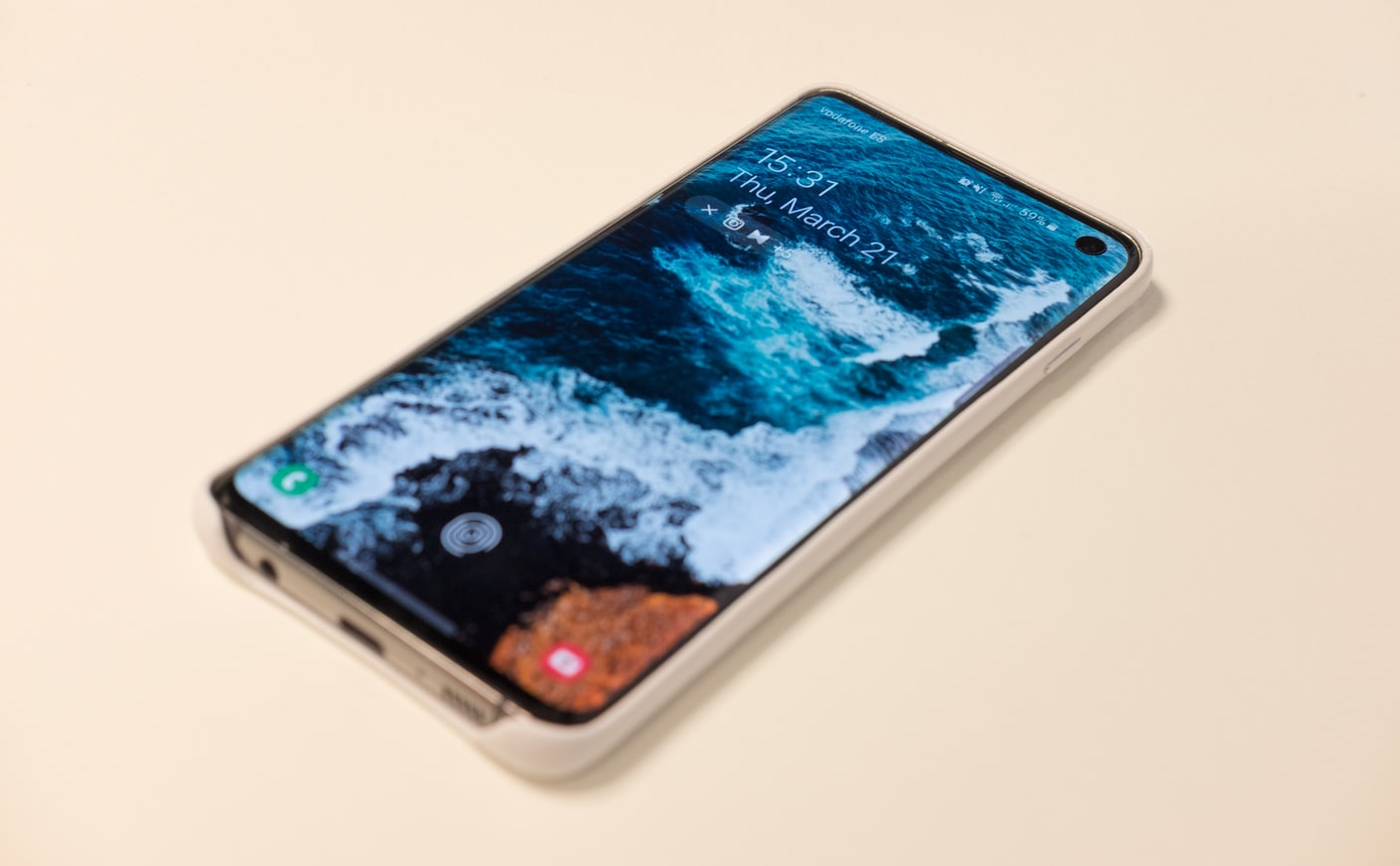
As many Samsung users know, the toolbar is the primary tool that facilitates seamless device navigation. Fortunately, even though some find it a bit complex, you can easily customize the toolbar location for Samsung as well as the button order according to preference.
With the toolbar, you can conveniently set the bar to classic style, reshuffle the button order or hide it completely. This also means you can play around with the layouts and create whatever you want to enhance the navigation experience.
The question is: How can you alter the toolbar location for Samsung Notes and enjoy the wonderful experience that the device offers? It’d be interesting to determine precisely how this can be done.
Let’s find out.
Learn to Use the Soft Buttons to Hide the Samsung Notes Toolbar

Have you noted that every time you turn on your phone, and the screen brightens, you have the soft toolbar buttons appearing at the screen’s bottom section? Why, the buttons are originally set to default in this pattern: “Resets,” “Button,” “Home,” and “Back Button.”
Even so, the button functions can always change depending on the app you’re currently using. It can also change according to the usage environment. Moreover, you can “use apps” or “view files” on a larger screen by hiding the toolbar.
How can you do this?
- Go to “settings app.”
- “Launch” the app.
- Click on “Display.”
- Tap “Navigation Bar.”
- Click on “Buttons.”
- Then “Button Layout.”
- Go to “Hide Navigation Bar” and select your preferred pattern.
- “Open” the app.
At this point, the toolbar will automatically hide. To show it, you can swipe up starting from the bottom of the screen.
- You may also use this method:
- Go to “Settings.”
- “Display.”
- Then “Navigation Bar.”
- Click on “Full-Screen Gestures.”
Thus, the toolbar will hide; instead, the “Gesture Demos” will display. It demonstrates how the “Go Back,” “Go to Home Screen,” & “Open Recents” work.
How to Change the Toolbar Location for Samsung Notes
Essentially, the Samsung Notes toolbar is designed to facilitate all navigation issues with your mobile device. Traditionally, the navigation buttons are designed as the default layout. It’s usually located in the lower part of the screen.
Assuming that you want to have a Full-Screen design, you can change the layout and make it “Full Gesture.” Using this feature, you’ll need to swipe up the buttons every time you work. Thus, you may swipe up the lines or conceal the feature using these “Gesture hints.”
Follow this procedure:
- Go to “Settings App”
- Launch the app.
- Click “Display.”
- Scroll down and click on “Navigation Bar.”
- Tap “Navigation Buttons” or “Full Screen Gestures.”
Alternatively:
- Go to “Panel Tab.”
- Scroll down the screen (top to bottom).
- Access “Quick Panel.”
- Locate “Navigation Bar.”
- Turn it “Off” and “On.”
How to Change the Appearance of “Quick Settings Panel” on Your Phone

The Galaxy Note is unique since it offers users a plethora of control options. Moreover, the way the phone is designed means that these options are readily available on the device toolbar and, thus, accessible.
You can use the Samsung Notes “Quick Settings panel” to access several functions without a hassle. For instance, you can mute the phone’s sound or turn on the Airplane Mode with this feature. Moreover, you can rearrange the buttons or change the order as you please.
However, note that the existing screens and settings often vary depending on the phone model, software version, or service provider.
Follow this easy procedure if you wish to change the buttons’ order as arranged on your phone. The advantage is that you can have your favorite shortcuts showing up first. Moreover, those who regularly use the phone’s flashlight or use it to connect to WiFi will find this helpful.
- Use two fingers to “swipe down” the screen from the top.
- Click on “More Options” (find this on three vertical dots).
- Tap on “Button Order”
- “Touch and Hold” to move a button.
- Drag the button to your preferred position.
- When finished, click “Done.”
Methods to Access the Settings for “Quick Settings”
Generally, once you tap a Quick Setting icon, the icon automatically triggers the convenient features. So, then, how can you access the settings for these features?
- Go to the “Quick Settings” Panel.
- Open the panel by swiping down, starting from the screen top.
- Under this icon, click on the “Feature’s Name” (example: to access the settings for the flashlight, tap “Flashlight”).
The settings menu will appear automatically (sometimes, it may be necessary to click on “Details” to access the “full settings page”). Some settings like WiFi may not appear once the feature (WiFi) turns off.
Customizing the Samsung Notes Toolbar with the Quick Shortcuts Feature

Samsung tends to favor the use of “gesture navigation systems” with their modern devices. Even so, you can have better navigation systems by taking steps to customize them and incorporate more actions. For instance, you can add extra buttons to take screenshots, bring down the notification center, and do other things.
You can follow these steps to customize the toolbar on your Samsung device:
- Download the “Custom Navigation Bar” (either an in-app purchase or free on Play Store).
- “Install” the Bar.
- Swipe through “setup screen.”
- Click on “Grant using PC”.
- Connect the device to your PC.
- To check the connection, type “adb devices.”
- Once the terminal detects the device, type “adb shell.”
- Tap “Enter.”
- Copy the following command, pasting into the terminal window:
pm grant xyz.paphonb.systemuituner android.permission.WRITE_SECURE_SETTINGS
- To grant “ADB permission,” click “Enter.”
- Launch this app into your device, and do “a compatibility” test.
- Click on the arrow at the bottom to check the “setup accuracy.”
- Tap the “Navigation Bar” to customize it to preference or select a favorite theme.
You can now enjoy the quick shortcuts and explore multiple features.
To “uninstall” the app,
- Go to the “App.”
- Disable the “Custom Navigation Bar.”
- “Uninstall.”
Conclusion
The ability to customize the toolbar location and associated features to preference is an excellent characteristic that enhances the overall user experience. Learn to customize the Samsung Notes toolbar features for a fantastic, memorable experience that will remain etched on your mind for long.


Join The Discussion: